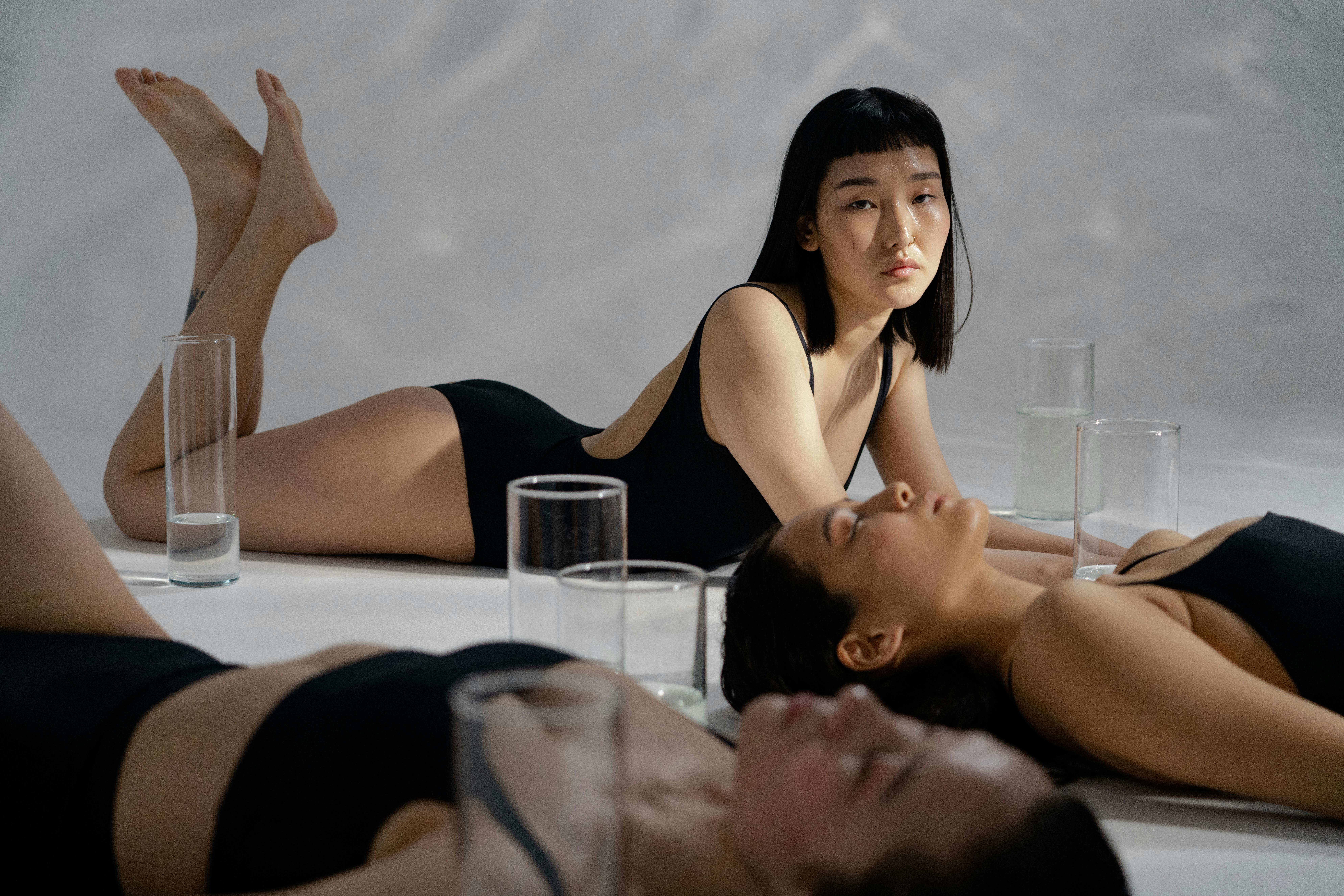Central Asiatic customs for weddings
A bridal is a significant occasion in Central Asia that reflects the region's migratory past and is typically accompanied by sizable events. Despite the fact that some customs were outlawed during the 60 to 70 times of Soviet/russian concept, others have persisted.
For instance, brides in Kyrgyzstan frequently live with their fresh in-laws for weeks or even months prior to the wedding ceremony. During this time, she will receive advice on how to be a nice spouse from her female family members. In the past, they will also sing tracks to strengthen the relationship. This time period is referred to as Kazakh" Salom Beru" or" Kelin Salam." During this time, the bride wears a classic dress and veil. She likely formally welcome visitors by bowing. She will also receive a pale blanket, which stands for purity.
The man will also give presents to the princess's feminine cousins. In some areas of the nation, he may likewise give her family group a bride. 90 % of all wedding ceremonies in Turkmenistan involve paying this "bride's price," which may contain horses, cattle, wealth, embroidery, and gowns. This practice was outlawed during the Soviet time but is now back in vogue. Both individuals will have friends and neighbors join them at the exact marriage special function. The invitee list, which is typically lengthy, reflects the social standing of the locals.
Both communities likely get ready for a huge supper before the ceremony ceremony itself. The bridegroom does subsequently engage in the "uncovering the confront" ceremony. This entails shooting an bow three times into a hole in the house's ceiling. The dart narrowly misses the woman's scalp on the first two attempts. She is struck in the make by the next arrow. She will then be able to see after unbuttoning the towel that had been covering her face. This serves as a representation of her understanding of the union.
The wife is driven to her novel residence by her female in-laws on the marriage evening. A curtain (koshogo ) that is typically hung in the middle of the room will be used to greet her. After that, she'll hide from her novel husband's adult relatives in this space for a few days. She does been given more whitened scarves by the community during this time. Additionally, she did get her locks combed and the female family members will bless her.
She will be shown to her new bathroom after the marriage. Traditionally, embroidered pillows and a base canopy are used to decorate the room. The few may then receive invitations to events that their fresh in-laws are hosting. The few will become served a variety of foods at these gatherings, such as traditional rice dishes and chicken broth. They will also become instructed to crack flatbreads in front of their visitors.

Some areas of central Asia also engage in a type of non-consensual wedding abduction known as "marriage by suicide." When the son decides to get married, he possibly asks his kids to pick his wife, or his mummy tells him that she has been chosen for her son. This practice is most common amongst the Kazakhs, Uzbeks and Karakalpaks, an automatic region in southern Uzbekistan uzbek women.
